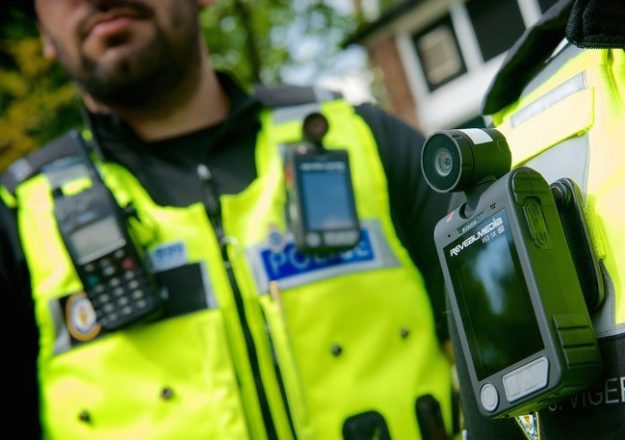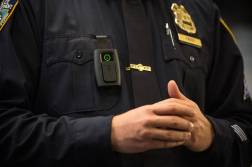Oakland police teams up with Stanford for help interpreting body camera data

SACRAMENTO, Calif. — The Oakland Police Department has teamed up with Stanford University to use body-worn camera footage data to help officers more effectively interact with the public.
Stanford University psychology professor Jennifer Eberhardt is culling the data from 3,000 videos to build an algorithm that can interpret the footage. In May, Eberhardt plans to release the new algorithm as well as a white paper that will look into topics such as how many stops included signs of respect or aggression.
Oakland, whose police department has a history of brutality allegations, outfitted its 600-officer force with body-worn cameras in 2013 as a way to fulfill a 2003 commitment to increase accountability. Before the body cameras, officers were required to file paper reports on their interactions with the public, and later moved to a digital form, which fed into a database containing the data collected via the paper reports.
The cameras are turned on to record every community interaction, and supervisors are supposed to evaluate the footage daily to see how well each officer is dealing with community members. But it took supervisors hours to watch the footage, and a backlog quickly developed, so they reached out to Eberhardt. Then last year, her research got a boost from the White House, through its newly unveiled Police Data Initiative.
Eberhardt’s project incorporates multiple applications that the police department has been creating to analyze police officer behaviors. The ongoing project is a response to a city policy that requires police contact data to be analyzed after each interaction with citizens, which costs supervisors many hours of review.
Ahsan Baig, the department’s manager of information systems, told StateScoop it would save supervisors time.
“That information assessment needs to be happening, almost in real time and supervisors need to monitor the performance of officers,” Baig said. “We are building applications and integrating, all using machine intelligence, machine learning to look for any kind of trends, any kind of at risk behavior.”
Across the country, interactions between police departments and the departments they serve have come under scrutiny. Some communities have established body-camera programs as a way to increase accountability. But standards remain fragmented. States introduced more than 80 bills on body camera requirements in 2015, but only 14 were enacted.
Eberhardt’s algorithm will also be used to help the department identify footage it can use to train its officers. It may also help flag examples for Attorney General Kamala Harris’ principled police training program, a statewide effort to encourage respectful and appropriate interactions between community members and police officers.
“Our aim is to improve the ability of law enforcement executives across the state to recognize and address common implicit biases – biases that can be barriers to neutral policing,” Eberhardt said in a release late last year.






